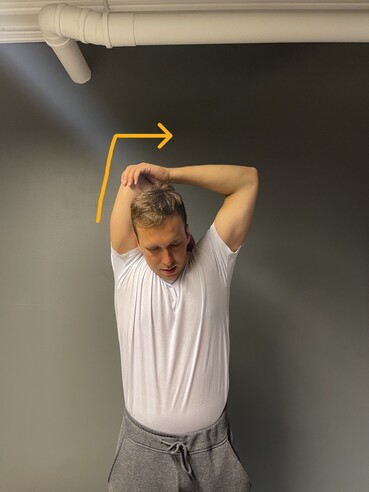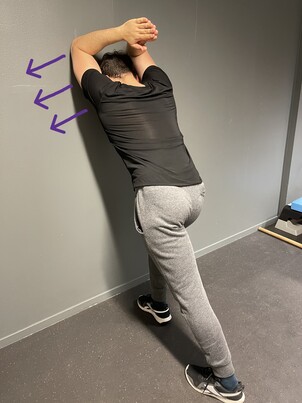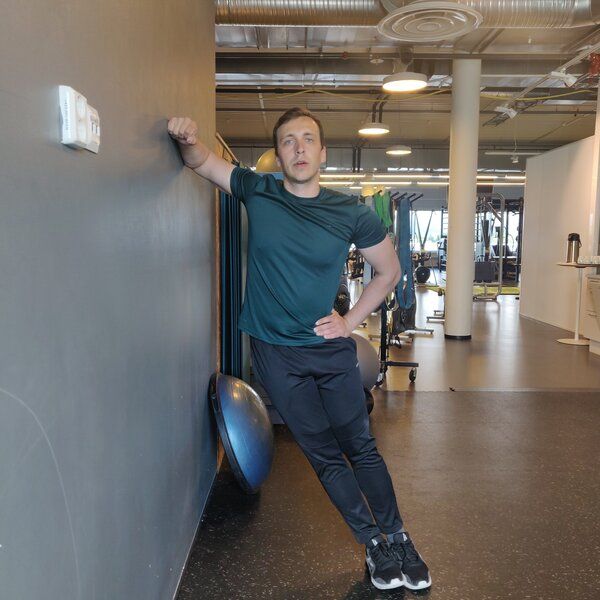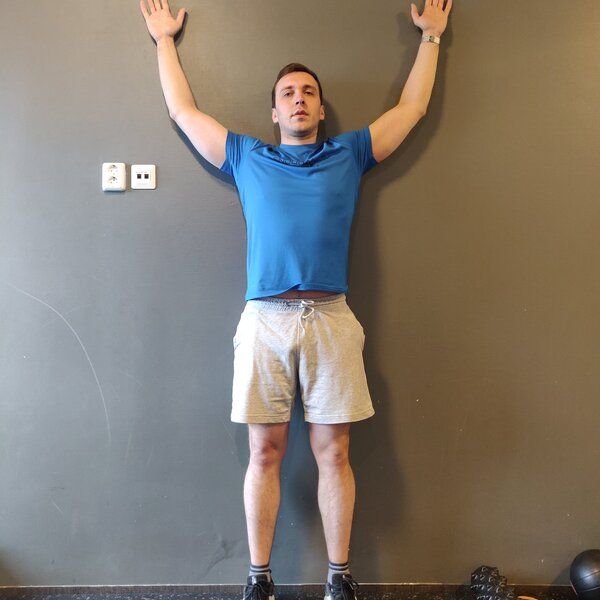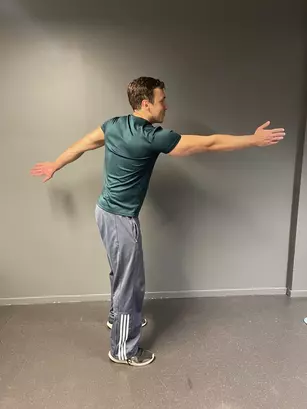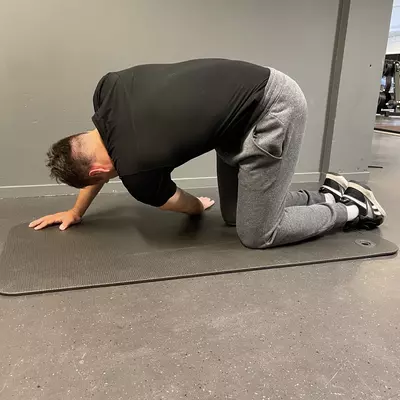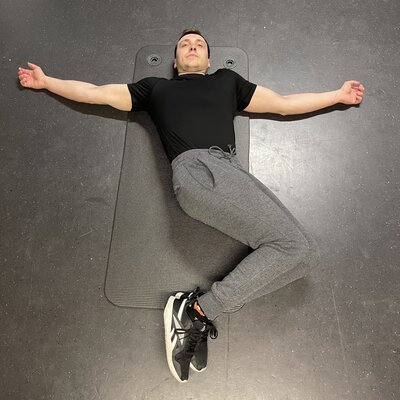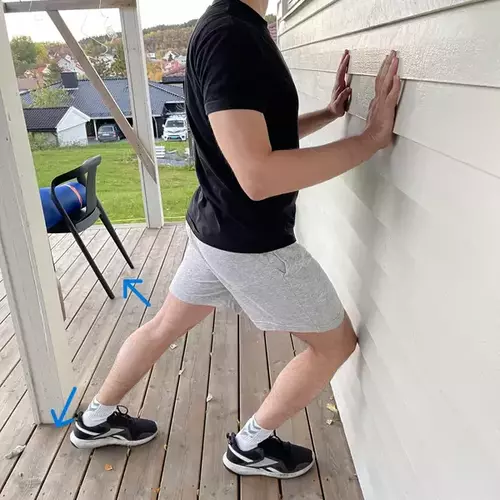11 Best Stretching Exercises For Seniors With Pictures
Welcome to guide with stretching exercises tailored for seniors! Whether you’re a senior looking to improve your flexibility or a caregiver seeking ways to assist your loved ones, you’ve come to the right place.
This guide is jam-packed with valuable information, tips, and of course, a comprehensive list of stretching exercises for seniors with pictures.
Let’s dive in!
Why Stretching is Crucial for Seniors
Stretching isn’t just for athletes or yoga enthusiasts; it’s a vital part of maintaining a healthy lifestyle, especially for seniors. Regular stretching can offer a plethora of benefits, such as:
- Improved Flexibility: Makes daily activities easier.
- Enhanced Mobility: Helps in walking and reduces stiffness.
- Pain Reduction: Alleviates muscle and joint pain.
- Better Balance: Reduces the risk of falls.
- Mental Well-being: Relieves stress and enhances mood.
How Stretching Improves Mobility and Reduces Pain
Aging makes our joints and muscle less flexible. This can lead to a range of mobility issues, from difficulty standing up from a chair to challenges in walking.
Stretching exercises can help you regain that lost flexibility and make these daily tasks easier. Moreover, stretching can be a great way to manage various types of pain, including arthritis and lower back pain.
Precautions Before You Start
Before you jump into any exercise routine, it’s crucial to consult your healthcare provider, especially if you have existing medical conditions or concerns.
Warm-up Before Stretching
Prepare your body before stretching exercises. The best and easiest way to do that is to perform at least 10 minute walk.
11 Stretching Exercises for Seniors With Pictures
Chin Tucks Sitting
- Sit down on a chair
- Place two finger on your chin
- Tuck in your chin and hold for 3s
- Then release and repeat ten times
This exercise targets deep neck flexors which maintains neck stability
Triceps Stretch
- Start from a standing position
- Lift one arm above head and bend the arm in elbow
- Pull gently your elbow with other arm towards your body
- Hold this position for 30s
This stretch targets both triceps and latissimus dorsi muscle.
Lat Wall Stretch
- Place elbows on a wall
- Lean gently forward with your body until you feel the stretch in your shoulders
- Hold this position for 30s
Standing Side Stretch
- Stand sideways to the wall
- Place your underarm to the wall
- Push your hips towards the wall ten times
This stretch is excellent for stretching the core muscles like quadratus lumborum and obliques.
Wall Slides
- Stand with your back against the wall
- Place your arms on a wall
- While holding the contact with the wall, lift your arms above your head ten times
Arm Swings
- From a standing position perform armswings to your front or back ten times
- Try to include the rotation from your upper and middle back
Spine Rotation
- Stand on hands and knees
- Then reach with you arm towards the opposite hip
- Return to the starting position
- Repeat ten times
This stretch targets erector spinae muscles, the spine extensors and stabilizators.
Knees To Chest
- Lay down on your back
- Grab your knees with your arms
- Pull your knees towards your chest
- Hold for 30s
This exercise targets both lower back and hip muscles.
Lower Back Rotation
- Lay down on your back
- Hold your knees together and bent at 90 degrees
- Rotate your legs to both sides
- Repeat ten times
Hip Adductors Stretch
- Lay down on your back and place your feet on a wall
- Use your hands to push your knees away from the midline of your body
- Hold for 30s
This stretch is great for targeting the adductor muscle group.
Standing Calf Stretch
- Stand facing a wall
- Step forward with one leg
- Push forward with your front leg knee until you reach the wall or until you feel the stretch in calf muscles
- Try to extend your back leg at knee
- Hold this stretch for 30s
Calf muscles are: gastrocnemius and soleus.
Equipment Needed for Stretching Exercises
Before you start your stretching routine, it’s essential to have the right equipment on hand. This ensures not only effectiveness but also safety during your exercises.
Basic Equipment List
- Yoga Mat: Provides cushioning and grip.
- Stretching Strap: Helps extend your range of motion.
- Stable Chair: For seated exercises and balance support.
- Small Towel: For grip and sweat absorption.
For a more detailed list and recommendations, check out our guide on the best stretching equipment for home.
How Often Should Seniors Stretch?
Daily Routines vs Weekly Schedules
- Daily Routine: Incorporating a few stretches into your daily routine can offer consistent benefits.
- Weekly Schedule: A more intensive stretching session 2-3 times a week can also be effective.
Consistency is Key
The key to reaping the benefits of stretching is consistency. Make it a part of your daily or weekly routine for the best results.
Common Mistakes to Avoid
Stretching seems straightforward, but there are pitfalls you should steer clear of:
- Overstretching: Stretching should never be painful. If it hurts, you’re pushing too hard.
- Incorrect Postures: Always maintain proper form to avoid injury.
- Skipping Warm-Up: A good warm-up prepares your muscles and can make your stretching more effective.
FAQs
1. Can stretching improve my balance?
Absolutely! Regular stretching can enhance your muscle control, which in turn improves balance.
2. How long should I hold each stretch?
For seniors, a 30 second hold for each stretch is generally recommended.
3. Is it normal to feel sore after stretching?
A little soreness is normal, especially if you’re new to stretching. However, if the soreness persists, consult a healthcare provider.
4. Can I stretch even if I have arthritis?
Yes, but always consult your physician first. Stretching can actually alleviate some symptoms of arthritis.
5. What’s the best time to stretch?
You can stretch any time of the day, but it’s often most effective after a mild warm-up. For many seniors, morning stretches are the first choice.


